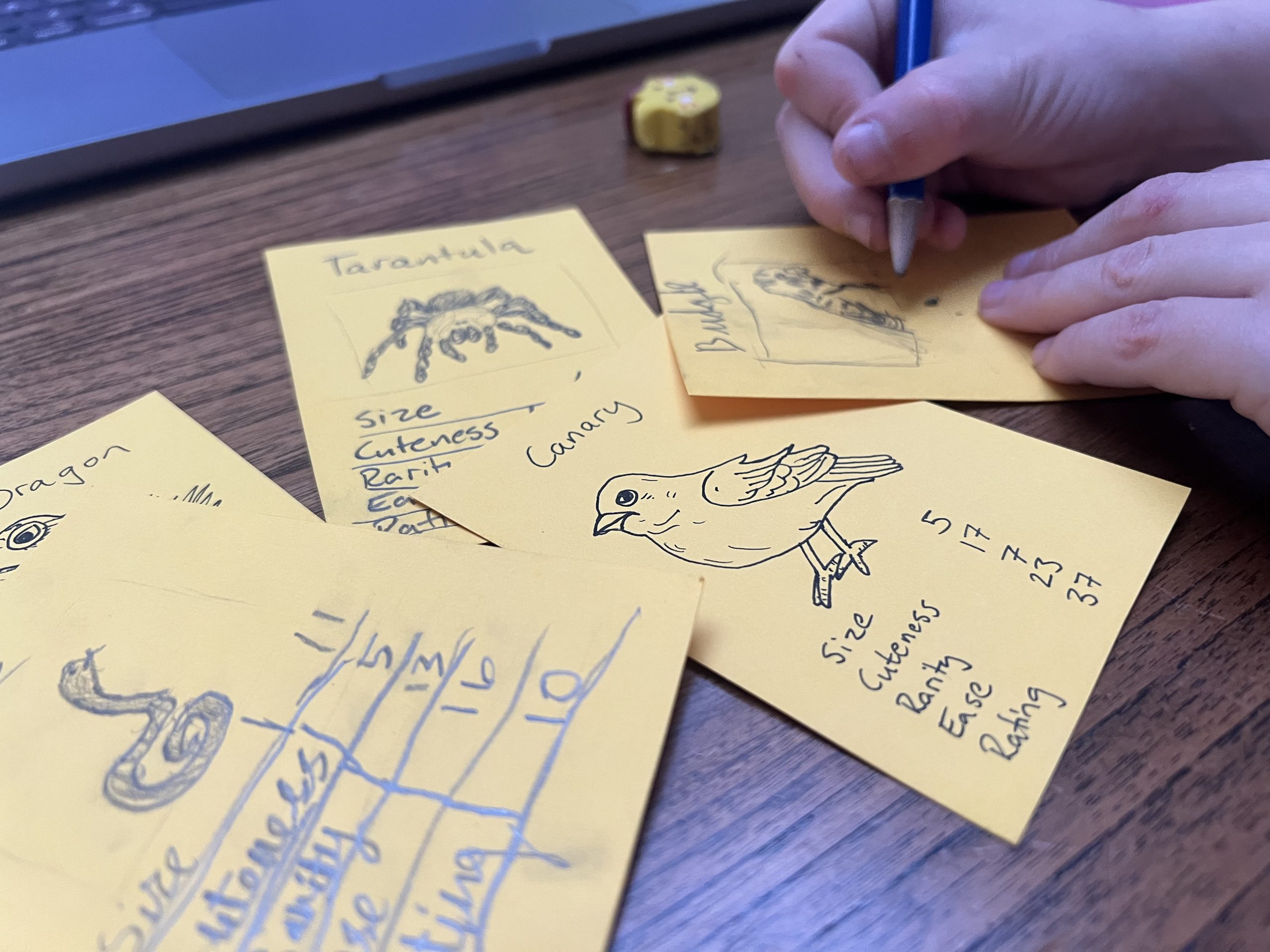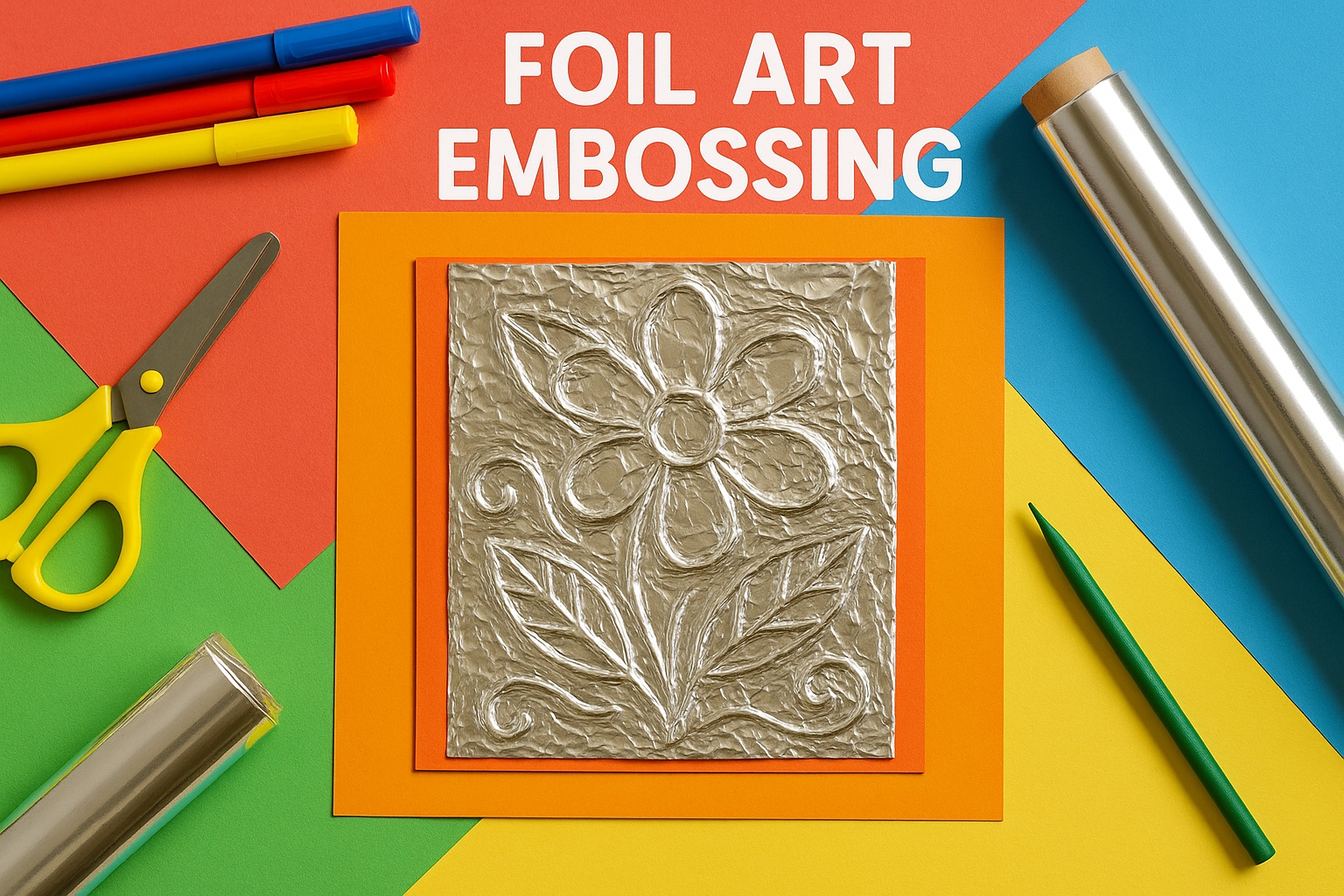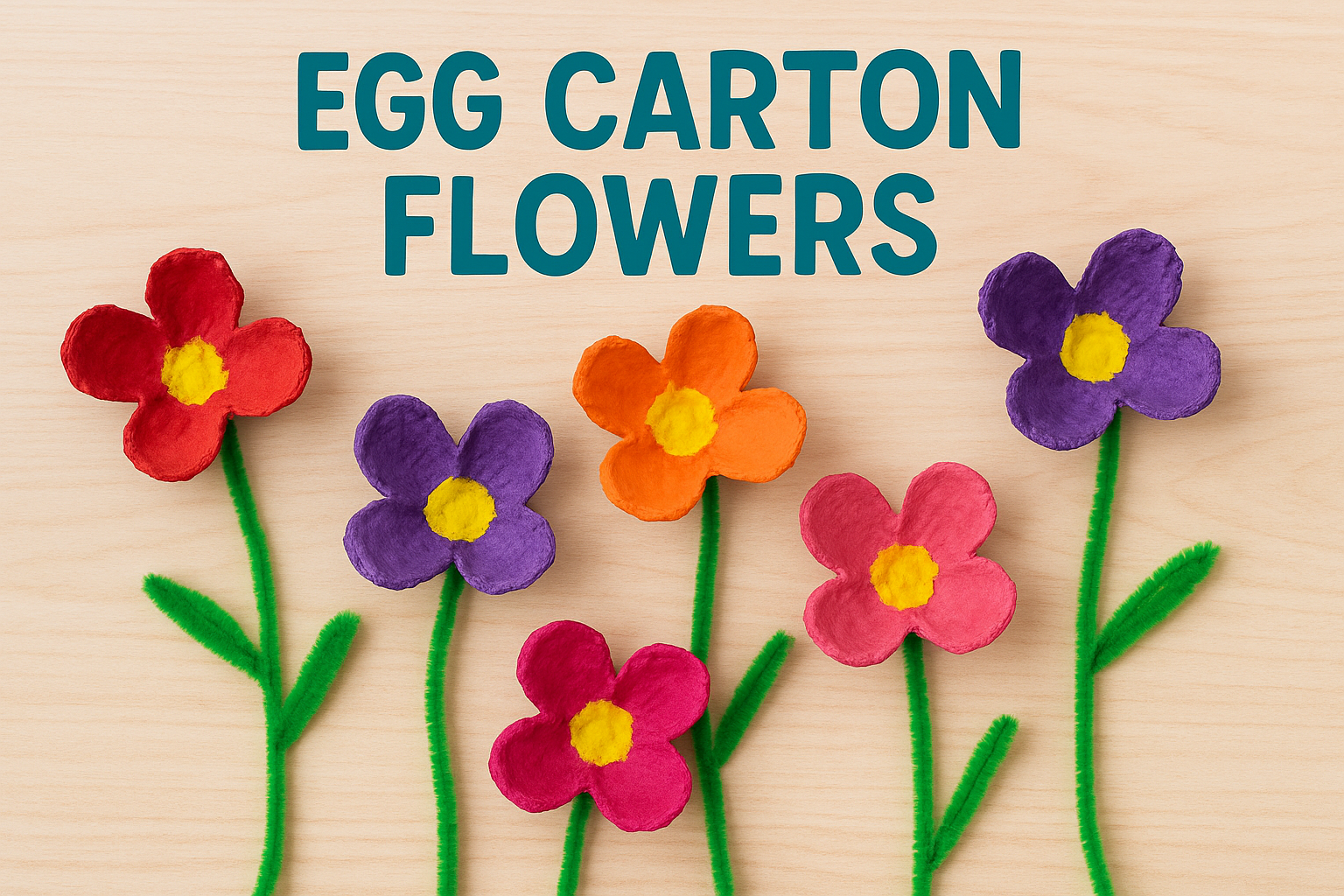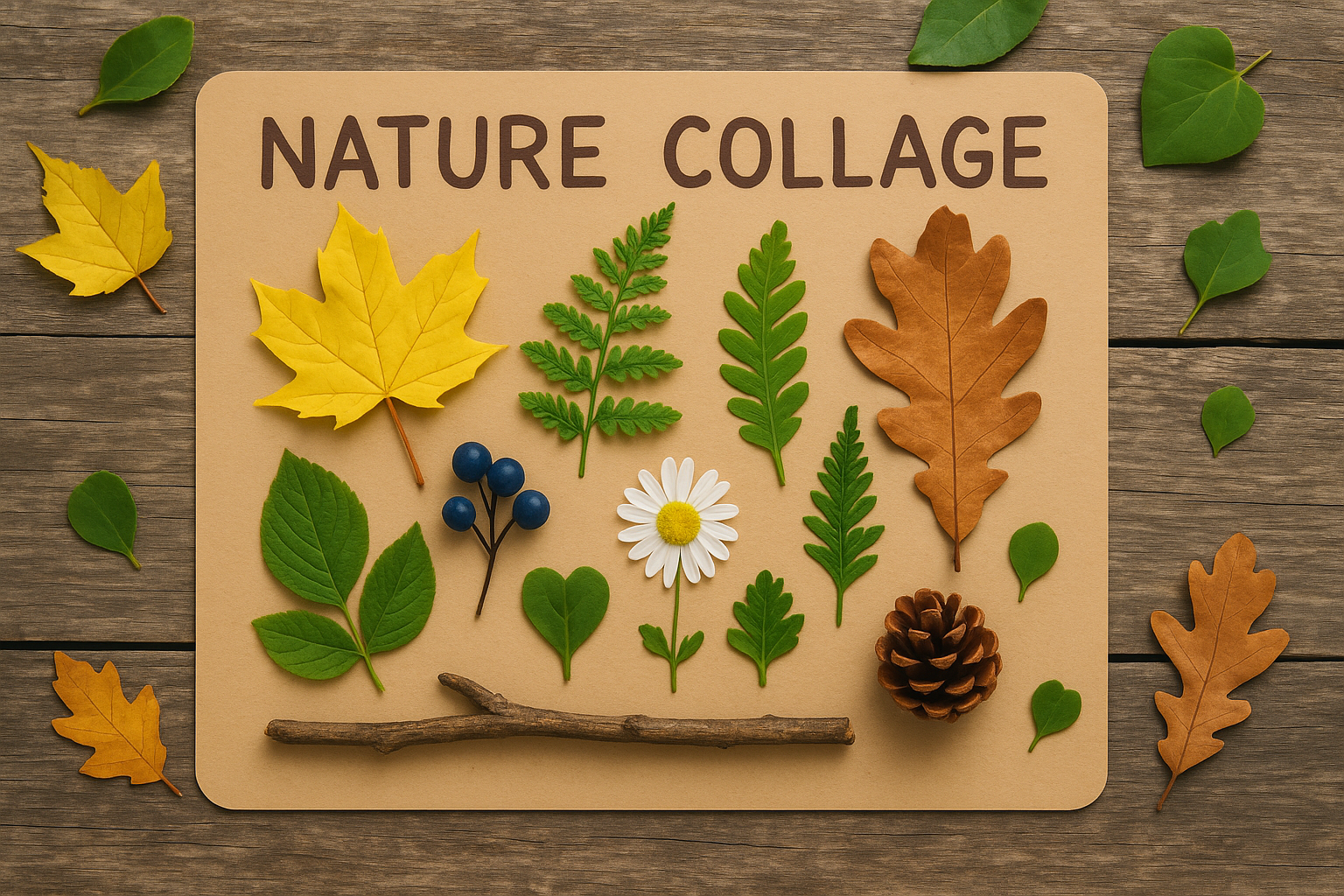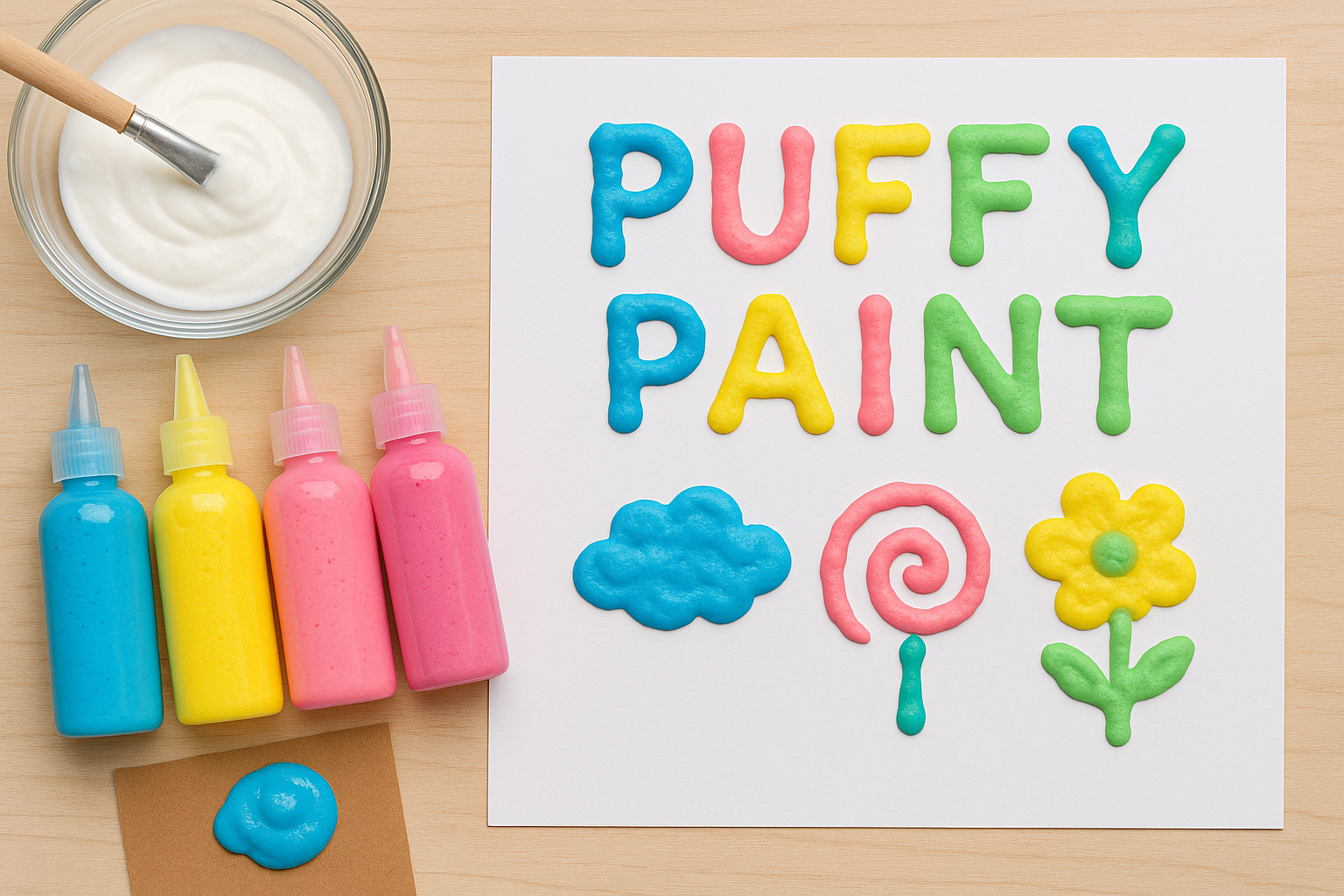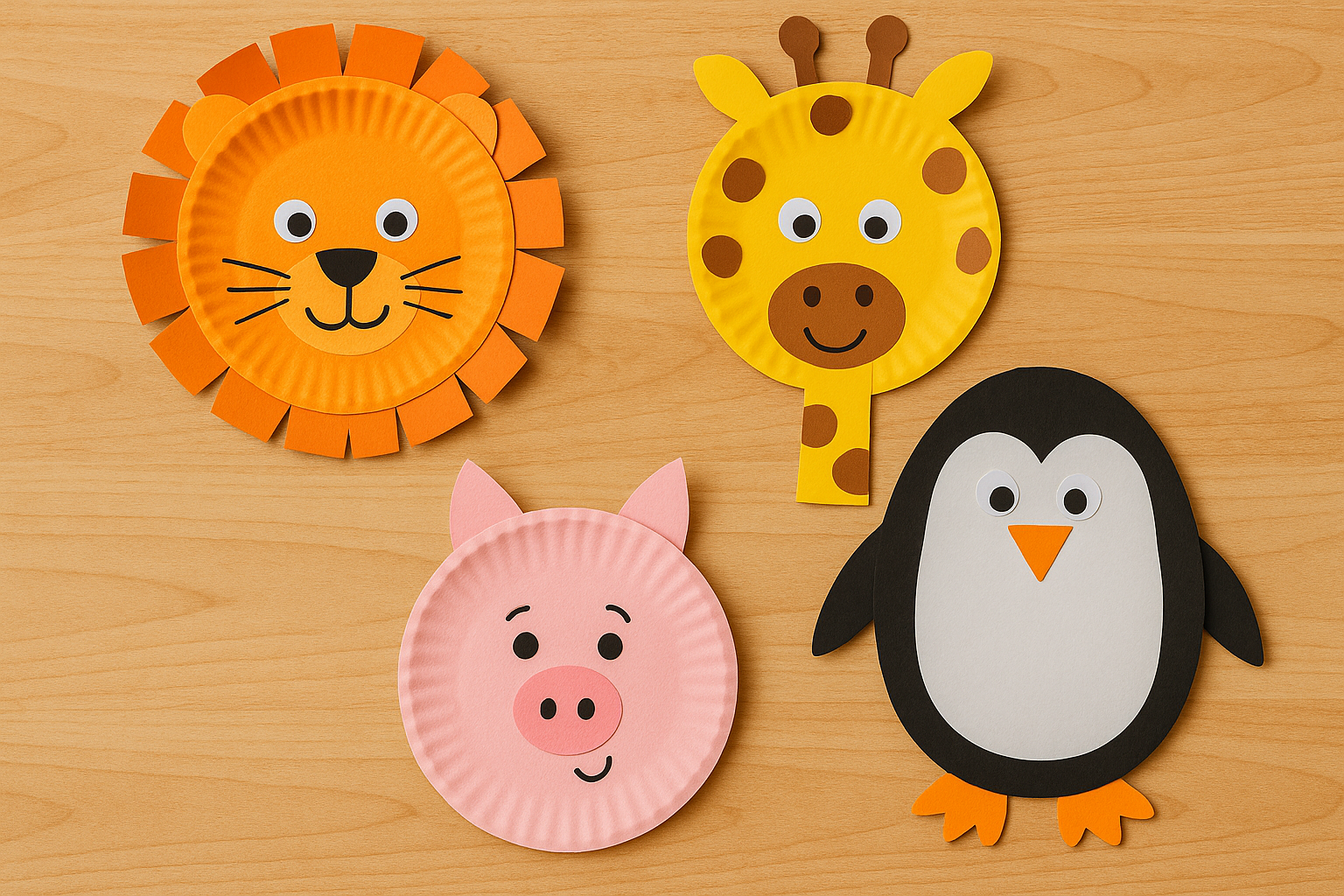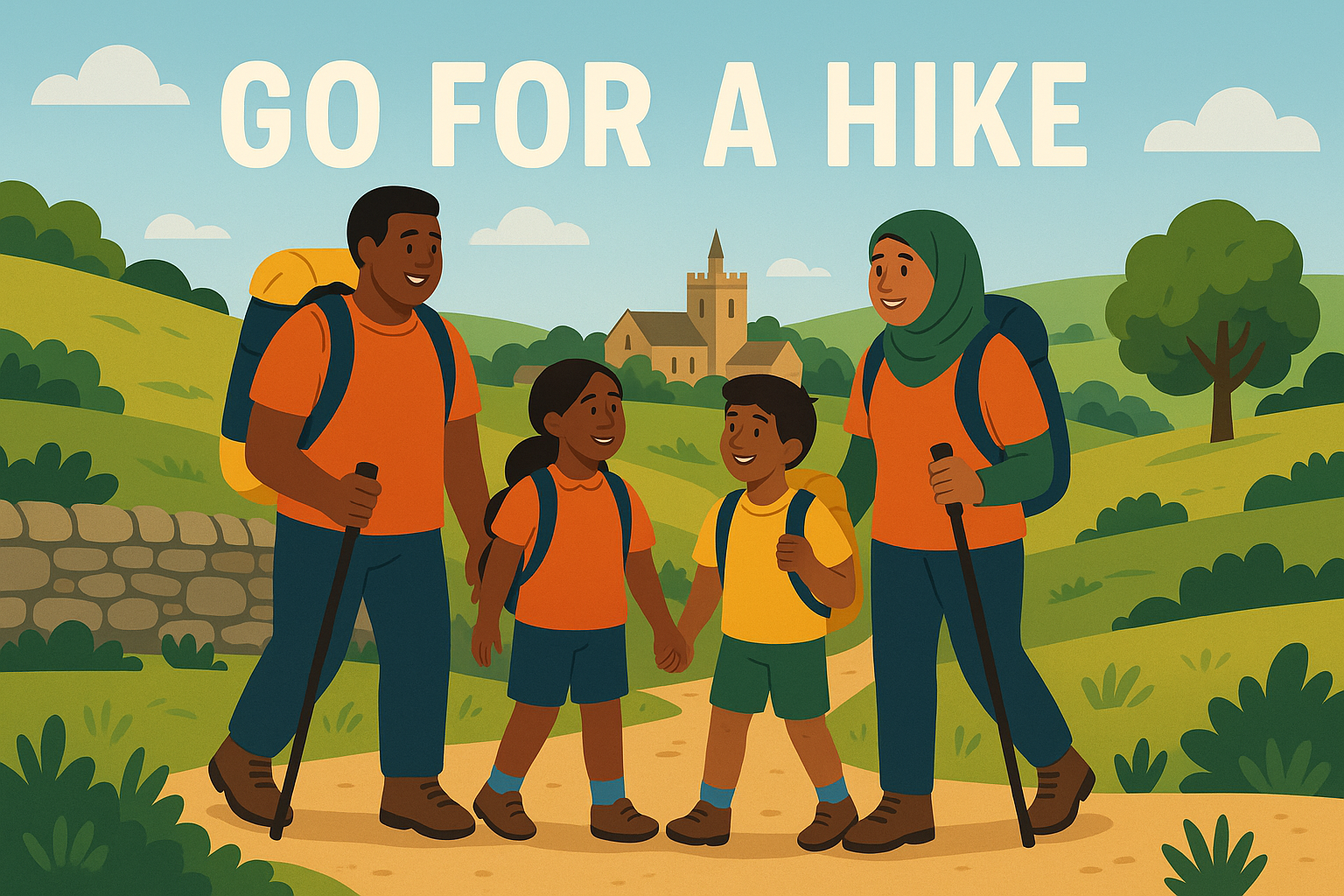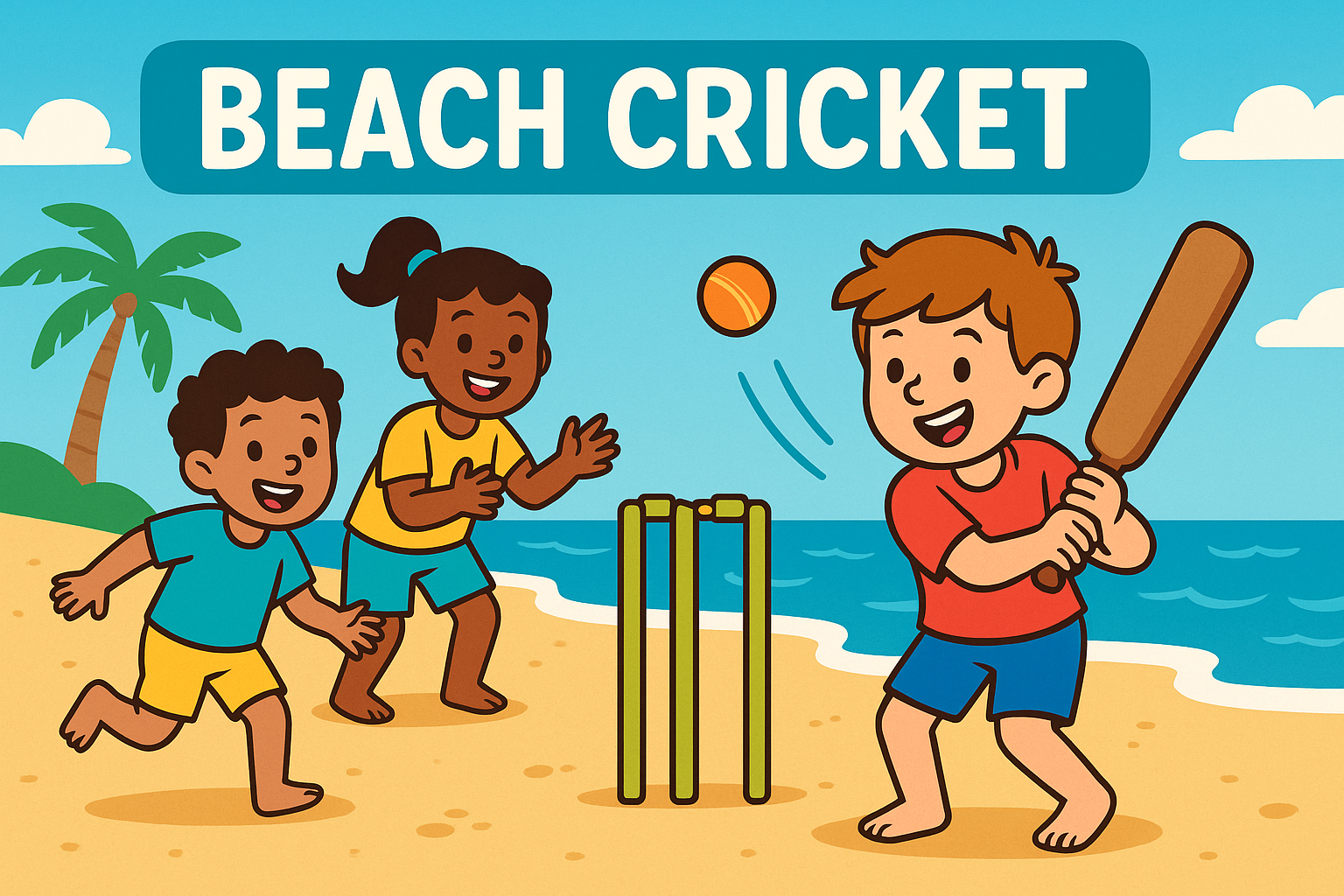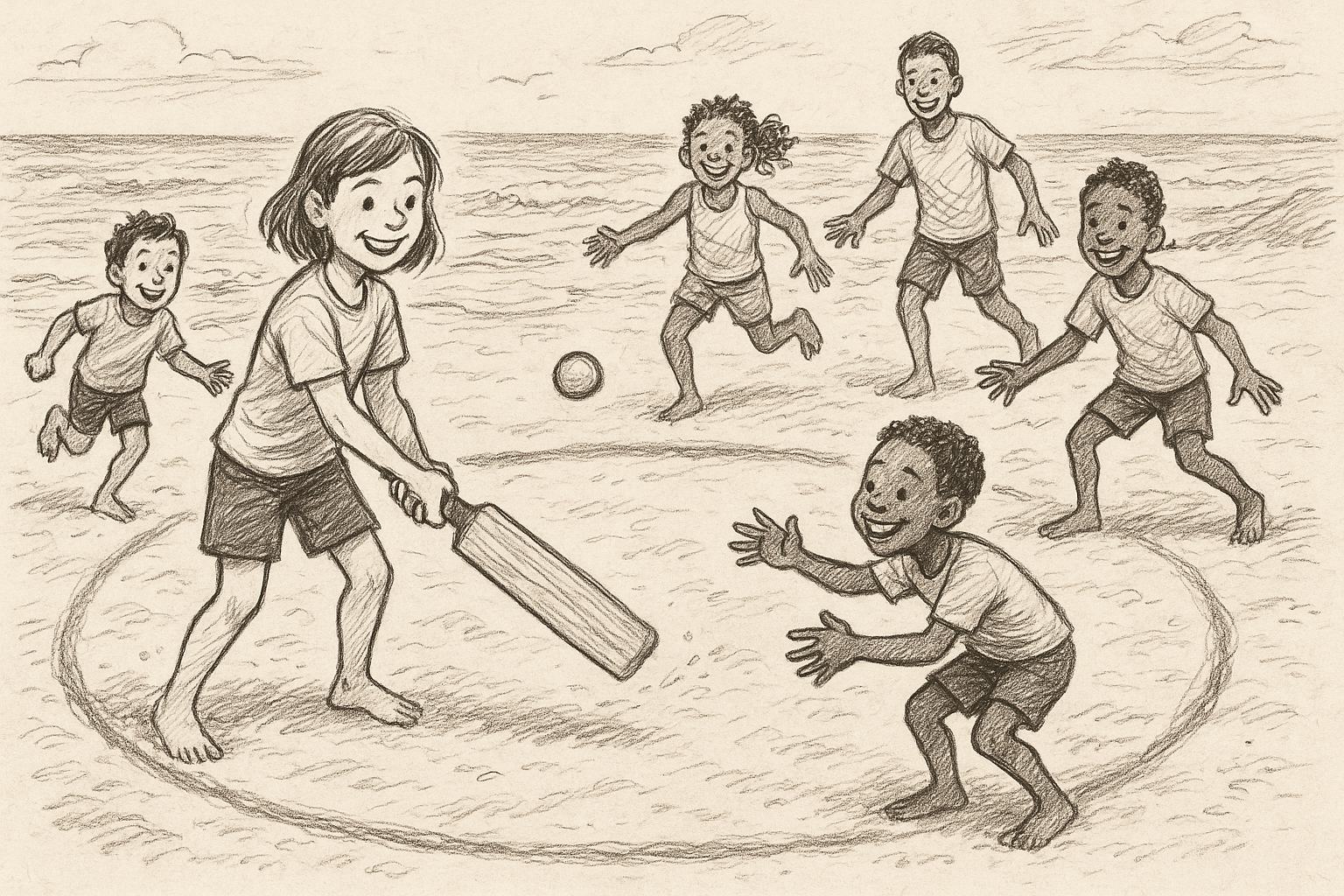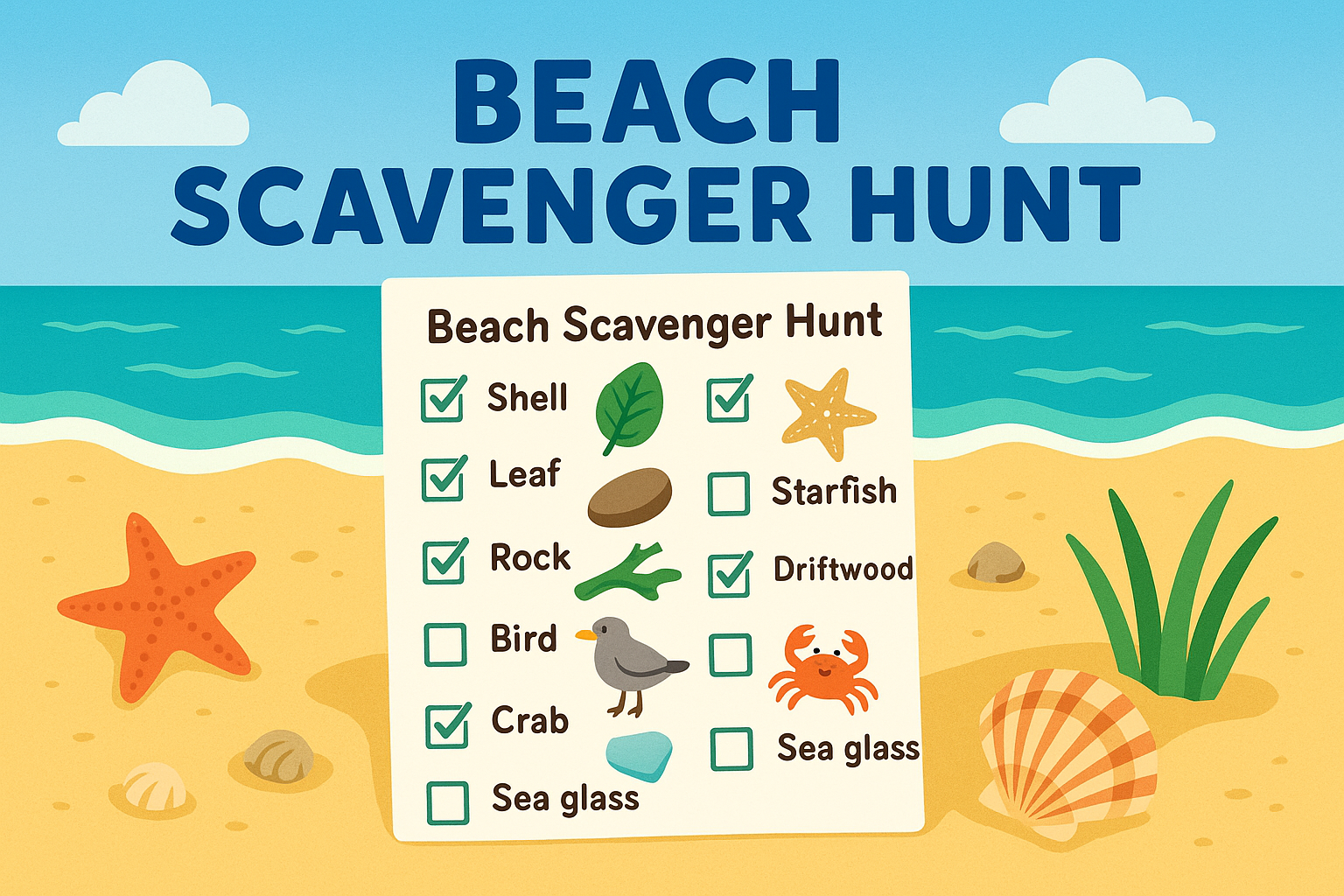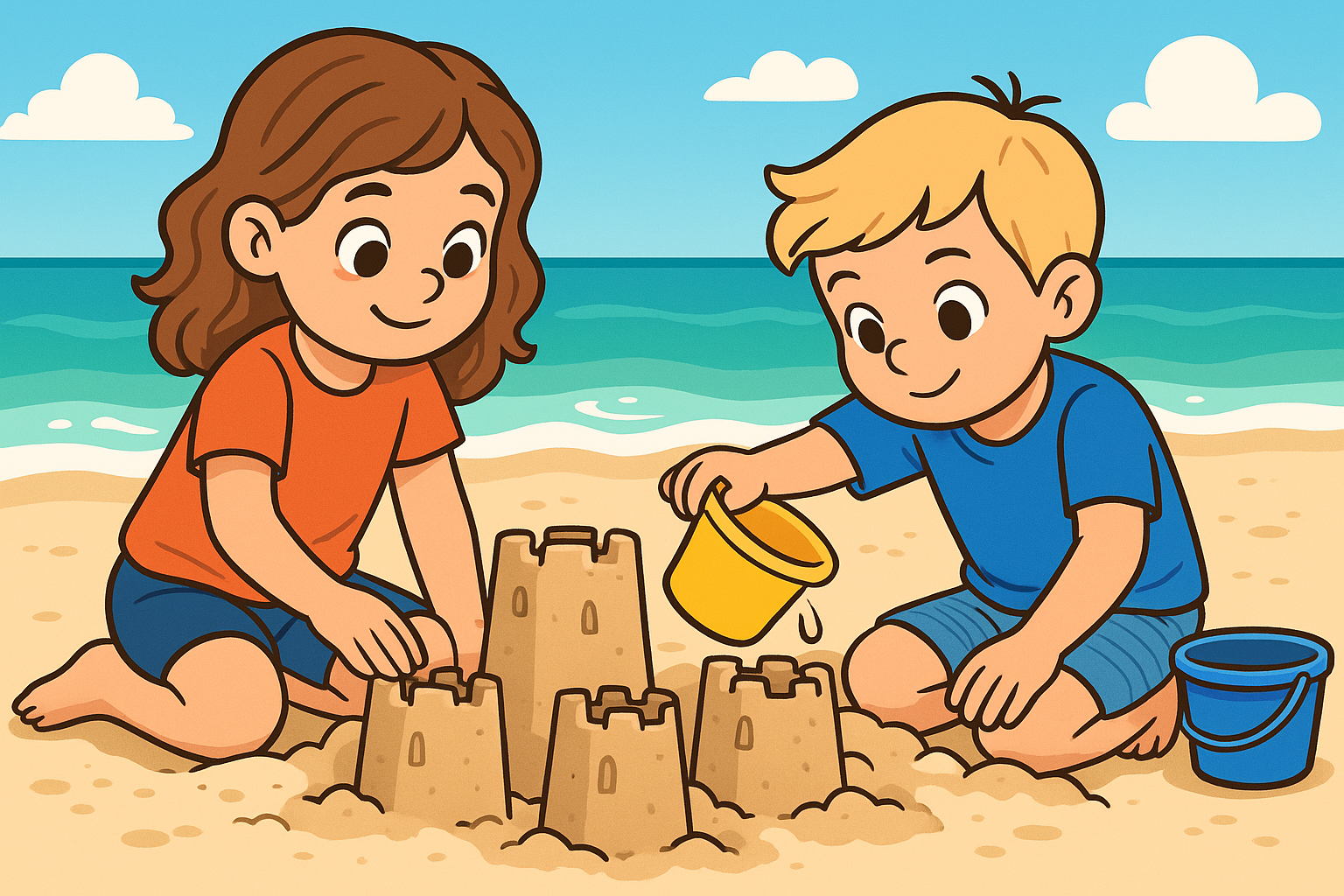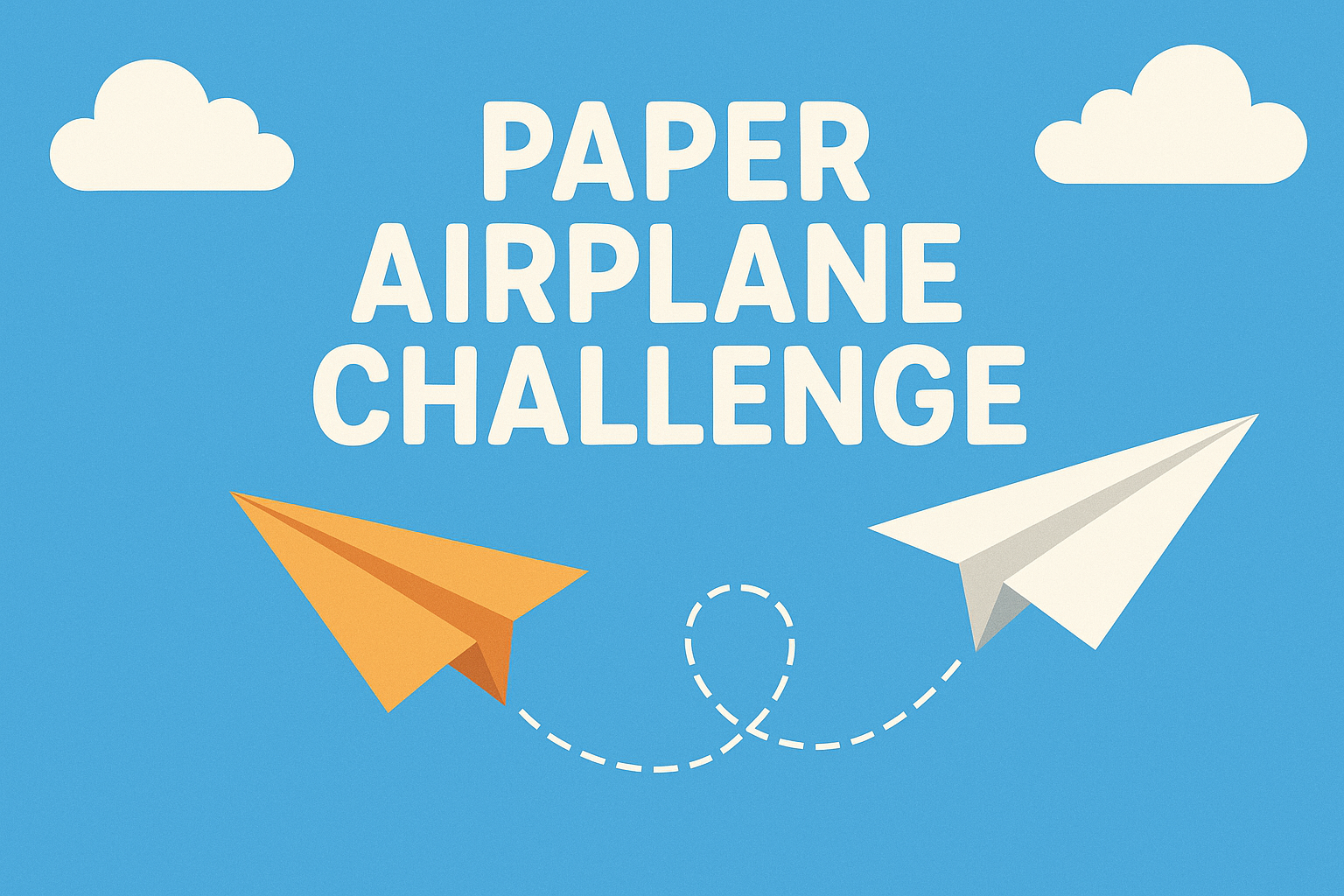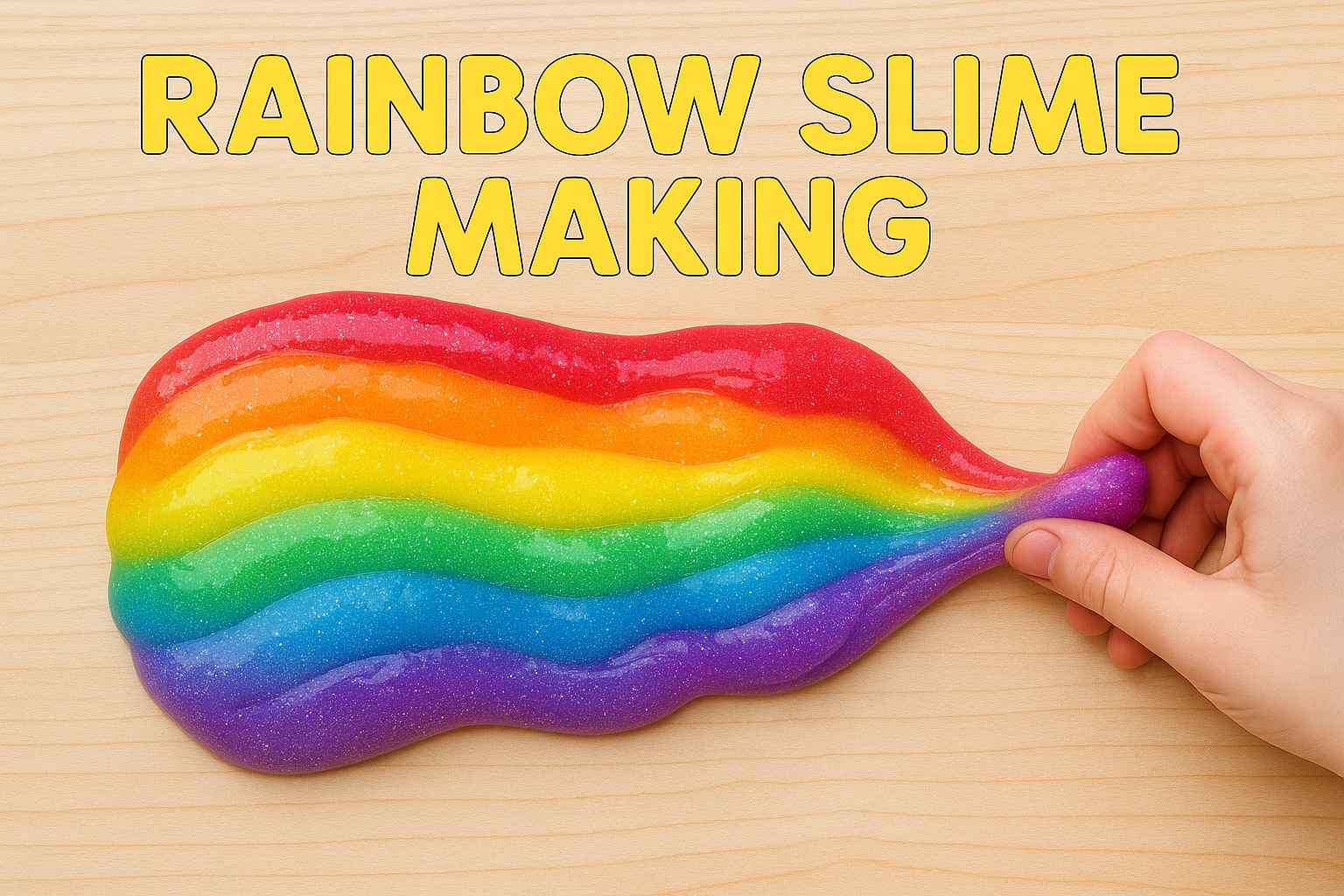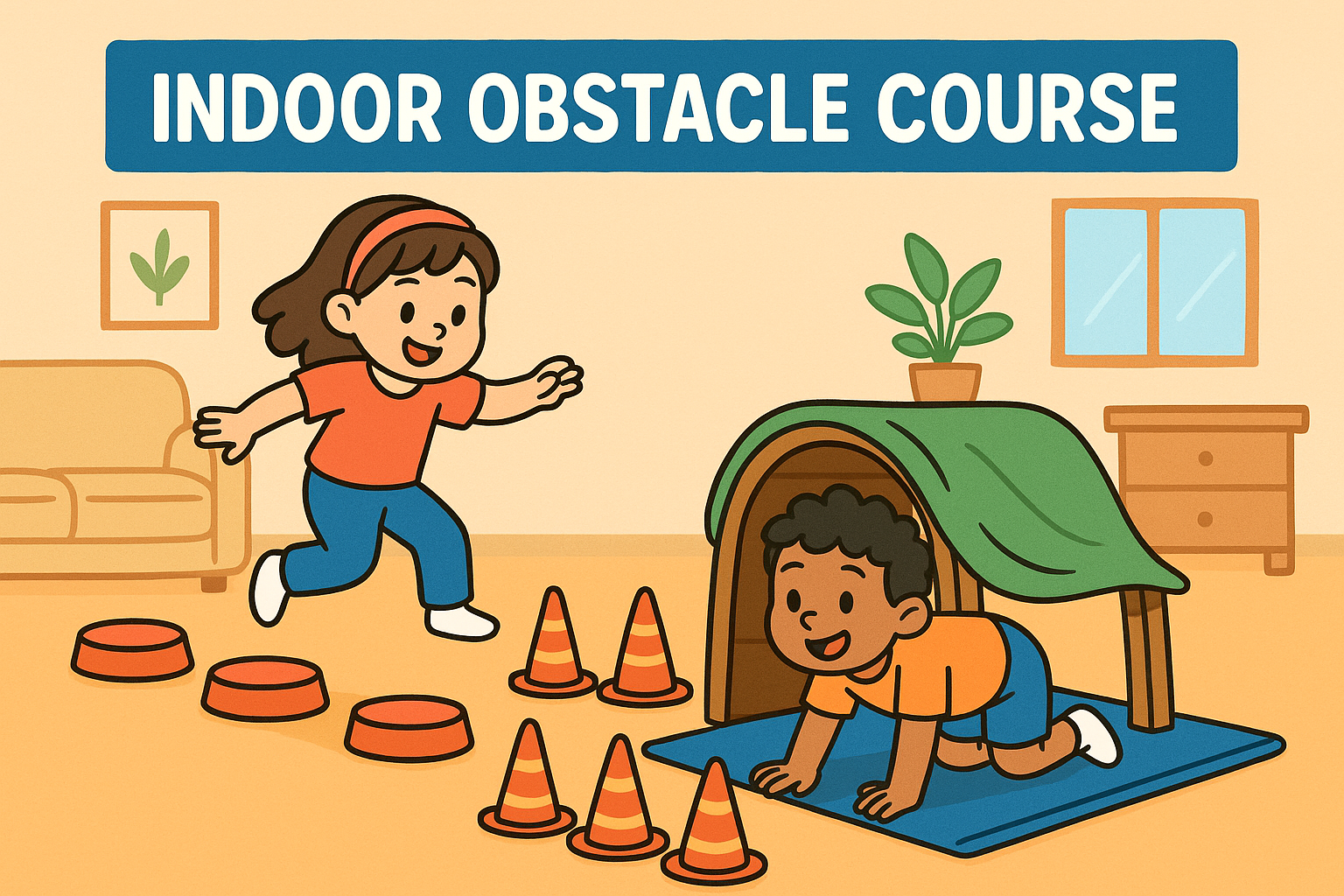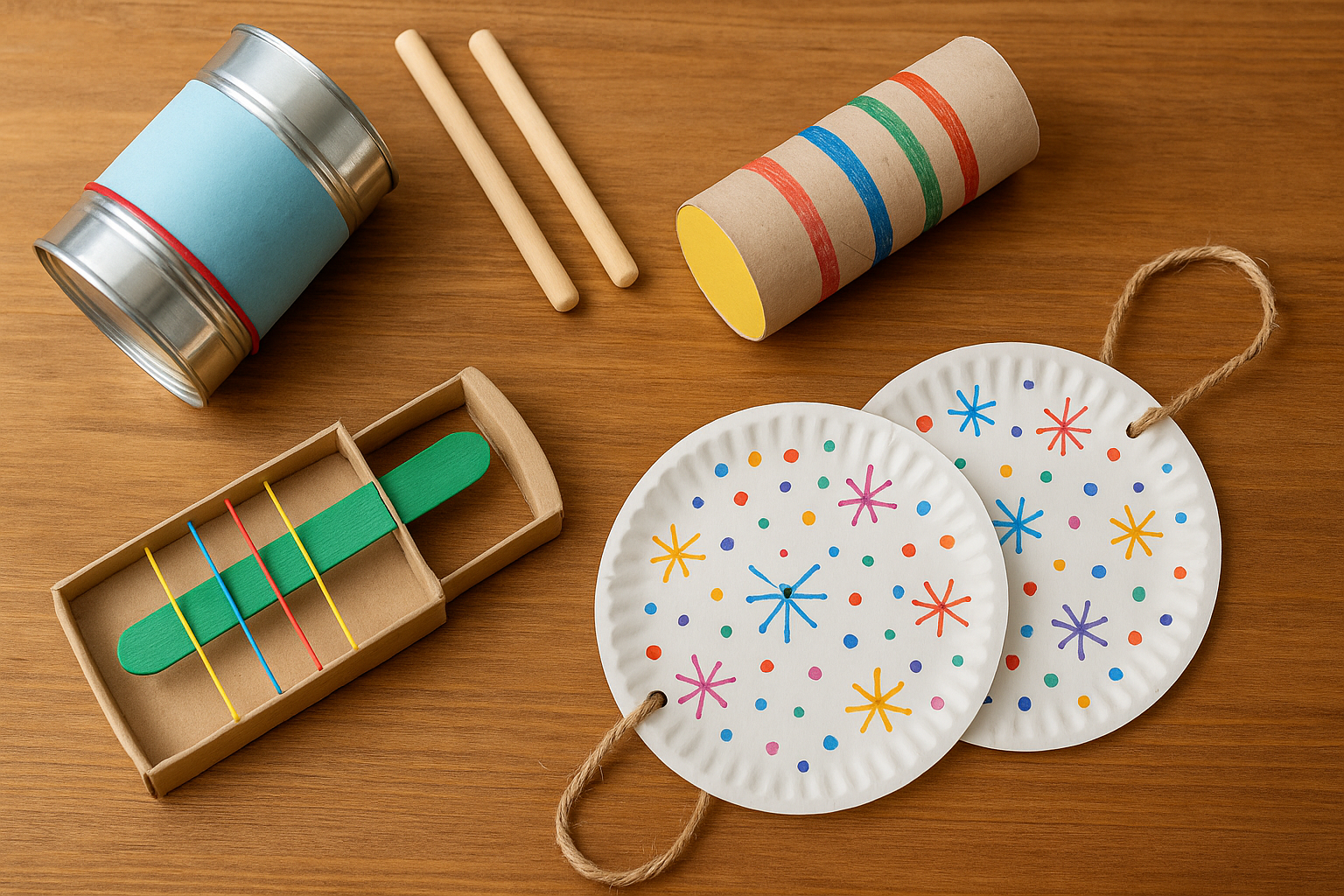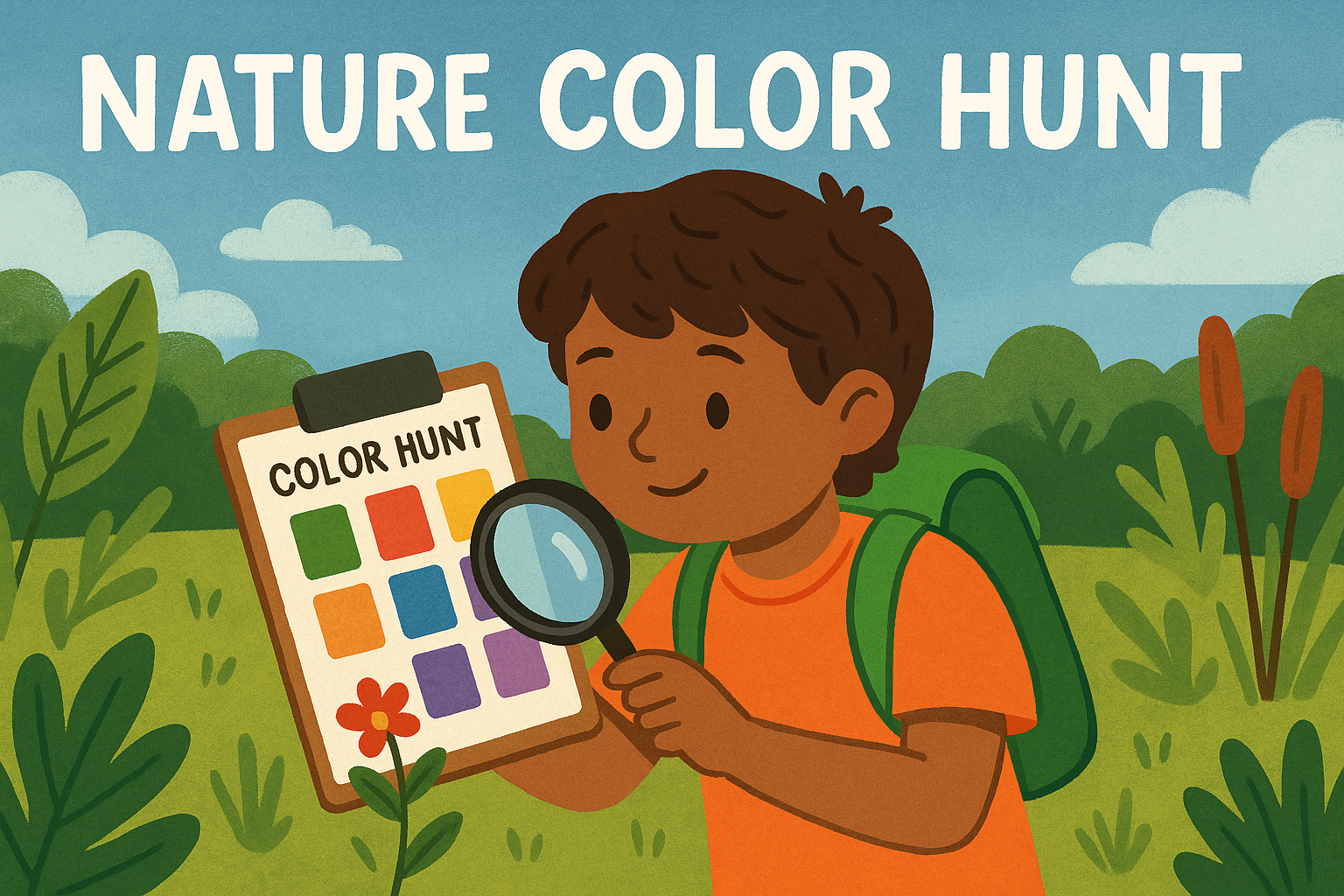Create Your Own Ultimate Card Battle
Top Trumps is a classic card game where players compare stats to win cards—but when kids make their own version, it becomes even more fun and imaginative. Whether they’re into dinosaurs, superheroes, pets, vehicles, or even family members, kids can create and design their own themed decks from scratch.
This activity combines drawing, writing, and number skills with competitive gameplay. It’s a great blend of creativity and logic—and once the cards are made, the game can be played again and again. Plus, it’s easily adaptable for different ages and interests!
Materials Needed
• Blank paper or index cards (or print a simple template)
• Pens, pencils, markers
• Ruler (optional for neat lines)
• Scissors (if using sheets of paper)
Tools Needed
• None required (laminator optional for durability)
Steps
1. Choose a Theme: Let your child pick a topic they love—e.g. mythical creatures, space, sports, jungle animals.
2. Decide the Categories: Choose 3–5 stats per card (e.g. Speed, Strength, Magic, Cuteness).
3. Create the Cards: Draw one character/item per card, give it a name, and assign numbers (1–100) for each stat.
4. Make a Full Deck: Aim for 10–30 cards depending on how long you want the game to last.
5. Play!: Shuffle and deal the cards. Each player compares the top card’s chosen stat—the higher value wins both cards.

